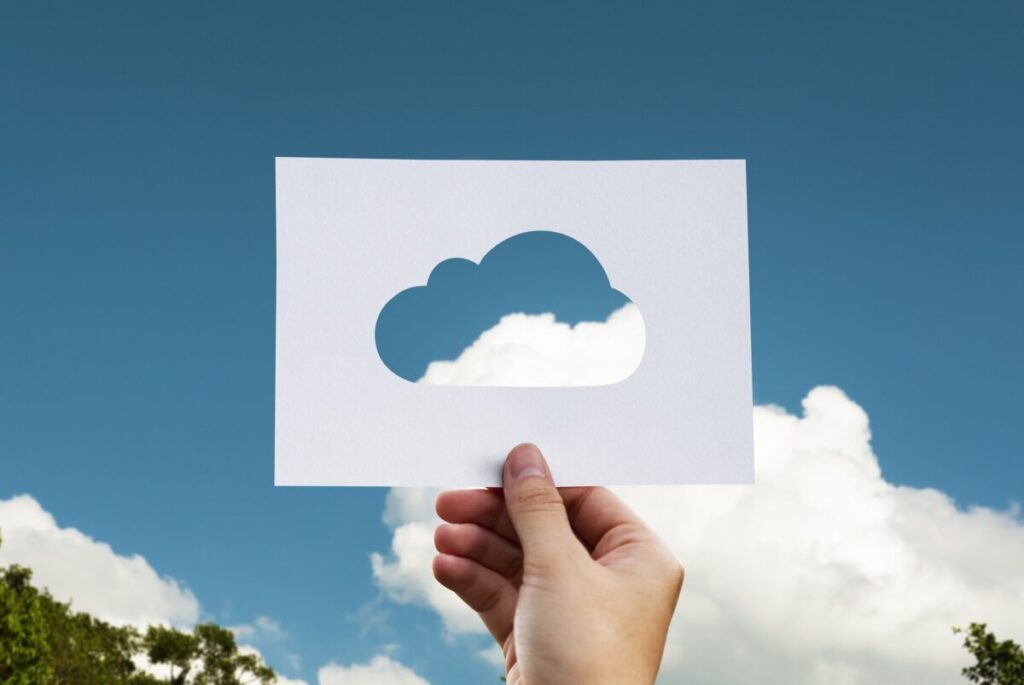
Backing up your data is one of the most important things you can do to protect your valuable information from being lost forever. Whether it’s important documents, family photos, or personal videos, losing your data can be devastating. Fortunately, there are several ways to back up your data, and it’s easier than ever to do so.
Why Backup Your Data?
Data loss can happen in a number of ways, including hardware failure, viruses or malware, theft, natural disasters, or human error. Even the most reliable storage devices can fail, so it’s important to have a backup plan in place to ensure that your data is safe and can be recovered in the event of a disaster.
Types of Data Backup
There are several types of data backup methods available, including:
- External Hard Drive: This involves connecting an external hard drive to your computer and manually copying your files to it. This is a relatively inexpensive method, but it requires you to remember to do it regularly.
Some popular external hard drives include the Seagate Expansion Desktop, Western Digital My Passport, and Toshiba Canvio Basics.
- Cloud Storage: This involves uploading your files to a remote server, which can be accessed from anywhere with an internet connection. This method is convenient, but it can be expensive if you have a large amount of data to store.
Cloud storage services like OneDrive, Google Drive, Dropbox, iCloud, and Amazon Drive are popular options for backing up data to a remote server that can be accessed from anywhere with an internet connection. Each service offers free and paid plans with different storage capacities, security features, and collaboration tools. OneDrive is integrated with Microsoft Office, while Google Drive is integrated with Google Workspace (formerly G Suite) and Google Photos. These services make it easy to automatically backup and sync your files across multiple devices, making it a convenient and reliable way to protect your data.
- Network Attached Storage (NAS): This involves using a device that connects to your home network and stores your files. This method is more expensive than an external hard drive, but it offers more features and can be accessed from multiple devices.
Popular NAS devices include the Synology DiskStation, QNAP TS-451, and the WD My Cloud EX2 Ultra. These devices range in price and features, so it’s important to do your research and choose one that fits your needs and budget.
- Online Backup Services: This involves using a third-party service that automatically backs up your files to their servers. This method is convenient and can be set up to run automatically, but it can be expensive if you have a large amount of data to store.
Some popular online backup services include Backblaze, Carbonite, and IDrive.
Choosing the Right Backup Method
Choosing the right backup method depends on your specific needs and preferences. Some factors to consider include:
- Cost: Some backup methods are more expensive than others, so consider your budget when choosing a method.
- Convenience: Some methods are more convenient than others, so consider how easy it will be to use and maintain.
- Security: Consider how secure the method is and how sensitive your data is.
- Capacity: Consider how much data you need to back up and choose a method that offers enough storage space.
Conclusion
Backing up your data is crucial to protecting your valuable information from loss or damage. There are several methods available, so choose the one that works best for your needs and budget. Whether it’s an external hard drive like the Seagate Expansion Desktop or Western Digital My Passport, cloud storage services like OneDrive or Google Drive, NAS devices like the Synology DiskStation, or online backup services like Backblaze or Carbonite, there’s a backup method out there that can help you protect your data and give you peace of mind. Don’t wait until it’s too late – start backing up your data today!

